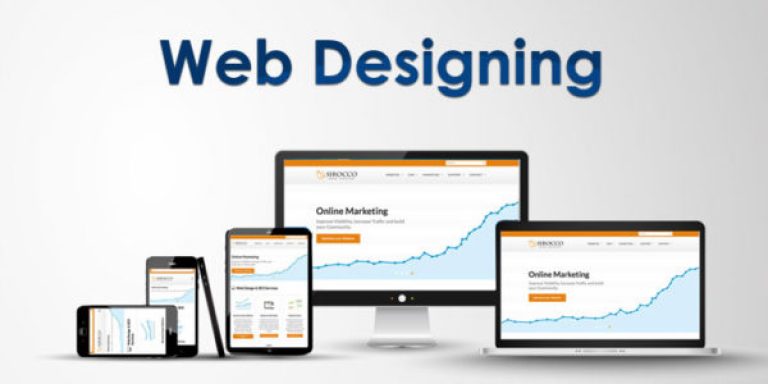No products in the cart.
In the digital age, a compelling online presence is paramount for businesses and individuals alike. The gateway to this digital realm is a well-crafted website. The art and science of creating websites have evolved, and now, the emphasis is not only on aesthetics but also on functionality and user experience. This shift has given rise to the concept of oriented website design, where the focus is on aligning the design with the specific goals and needs of the audience. In this article, we will explore the 10 key elements that constitute effective oriented website design, shedding light on how they contribute to a successful online presence.
1. User-Centric Navigation:
The backbone of any website is its navigation. A user-friendly interface ensures that visitors can effortlessly find what they are looking for. Oriented website design prioritizes intuitive navigation, reducing bounce rates and enhancing the overall user experience.
2. Responsive Design:
In an era dominated by various devices, from smartphones to tablets and desktops, a responsive design is imperative. Ensuring that your website adapts seamlessly to different screen sizes and resolutions enhances accessibility, reaching a wider audience and improving search engine rankings.
3. Clear Call-to-Action (CTA):
Conversion is often the primary goal of a website. Oriented website design incorporates strategically placed and visually appealing call-to-action buttons. Whether it’s making a purchase, filling out a form, or subscribing to a newsletter, a clear CTA guides visitors through the desired actions.
4. Purposeful Content:
Content is king, but in oriented website design, it’s about delivering the right content for the right audience. Tailoring content to the target audience’s needs and preferences enhances engagement and establishes credibility.
5. Loading Speed Optimization:
In the fast-paced digital world, users have little patience for slow-loading websites. Oriented website design involves optimizing loading speeds, ensuring that visitors can access information swiftly, leading to a positive user experience and improved search engine rankings.
6. Visual Consistency:
Visual elements play a crucial role in creating a memorable brand image. Oriented website design maintains visual consistency across pages, utilizing a cohesive color palette, fonts, and imagery. Consistency fosters brand recognition and trust.
7. Accessibility Features:
For a website to be truly oriented, it must be accessible to everyone, including individuals with disabilities. Integrating accessibility features such as alt text for images and ensuring keyboard navigation enhances inclusivity and widens the audience reach.
8. Analytics Integration:
Understanding how users interact with your website is essential for continual improvement. Oriented website design includes the integration of analytics tools, providing valuable insights into user behavior, preferences, and areas for enhancement.
9. Search Engine Optimization (SEO):
A well-designed website is futile if it remains undiscovered. Oriented website design incorporates SEO best practices, optimizing content, meta tags, and other elements to improve search engine visibility and drive organic traffic.
10. Regular Updates and Maintenance:
The digital landscape is dynamic, and so should be your website. Regular updates and maintenance are integral elements of oriented website design, ensuring that the site remains secure, functional, and aligned with the latest industry trends.
Conclusion:
In the realm of online presence, a website is the face of any entity. Employing oriented website design principles is not merely a trend but a strategic approach to meet the evolving expectations of the digital audience. By incorporating user-centric navigation, responsive design, clear CTAs, purposeful content, optimized loading speeds, visual consistency, accessibility features, analytics integration, SEO, and regular updates, a website can stand out in the vast digital landscape, fostering user engagement, trust, and ultimately, success. Embracing these 10 key elements will empower your website to become a powerful tool in achieving your online objectives.

